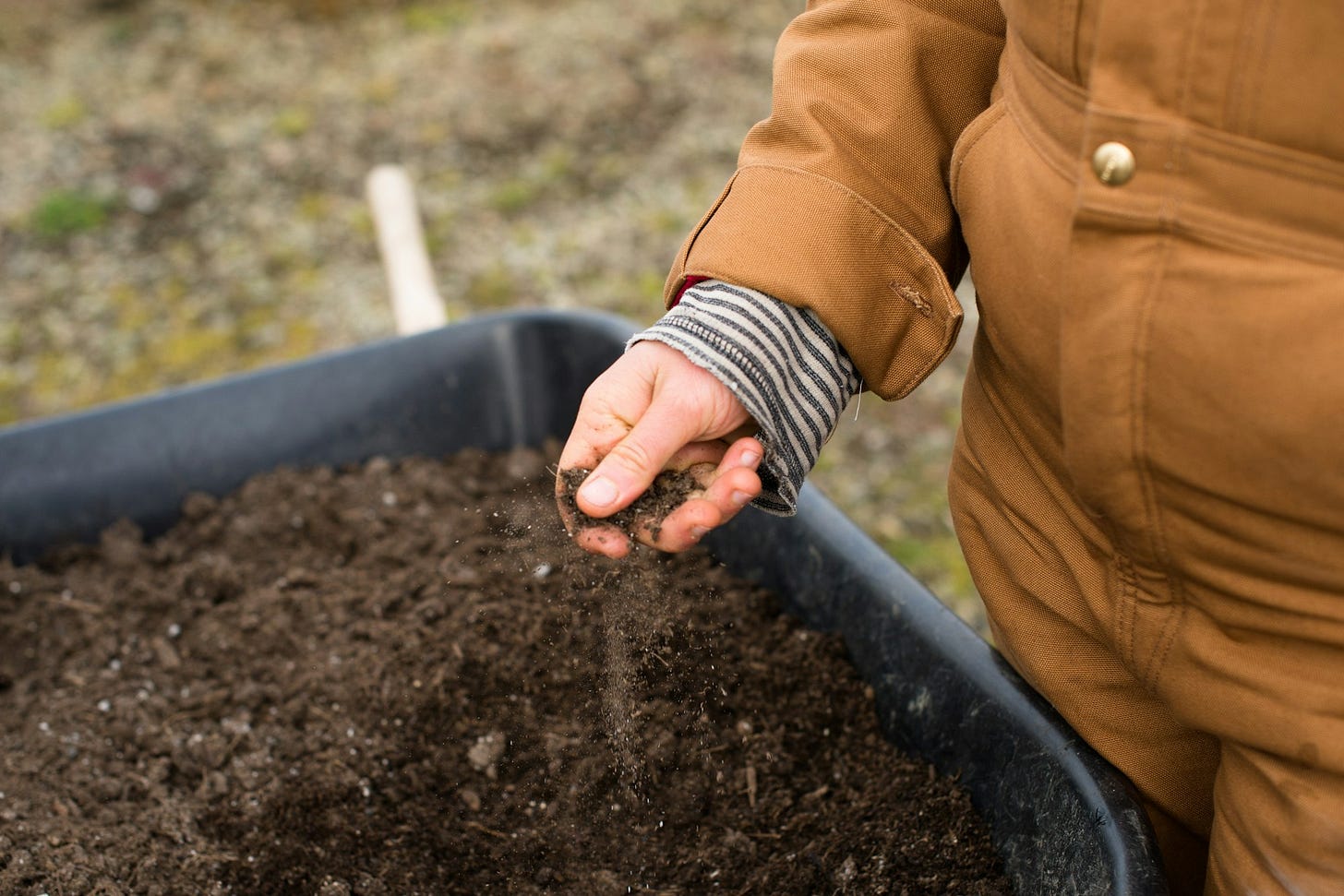The Science Behind Soil: Understanding Your Garden's Foundation
The key principles of soil science in gardening: understanding soil types, pH levels, amendments, and soil health to achieve successful cultivation.

Garden plants thrive when their roots are firmly established in healthy soil. Although often overlooked, soil is fundamental to gardening, impacting plant growth, health, and productivity. To cultivate a thriving garden, it is essential to understand the science behind soil, including its types, pH levels, amendments, and the importance of maintaining healthy soil.
Soil Types
Soil comes in various types, and each type has its unique characteristics that affect plant growth. The primary soil types are sandy, clay, silt, and loam. Sandy soil has larger particles, which makes it good for drainage, but it lacks nutrients. Clay soil has smaller particles, which makes it retain moisture, but it often becomes compacted. Silt soil is finer than sand but coarser than clay, and loam is the ideal soil type. Loam has a balanced mix of sand, silt, and clay, which offers excellent drainage, moisture retention, and nutrient availability.
If you are not sure what type of soil you have, we created a guide for testing soil using the feel method.
pH Levels
It is essential to understand pH levels for successful gardening as it directly impacts the nutrient availability to plants. pH measures soil acidity or alkalinity on a scale ranging from 0 to 14, with 7 being neutral. Most plants thrive in slightly acidic to neutral soils, which usually have a pH range between 6 to 7.5. Testing soil pH helps determine if any amendments are necessary to adjust pH levels for the optimal growth of specific plants.
Amendments
Amendments are important for changing soil properties to create a suitable environment for plants. Lime is a common amendment used to increase pH levels in acidic soils, making them more alkaline. On the other hand, sulphur is used to decrease pH levels in alkaline soils. Organic matter, such as compost, enriches soil fertility, improves structure, and enhances its ability to retain moisture and nutrients.
Significance of Healthy Soil
Good gardening practices require healthy soil as the foundation. This soil serves as a storehouse for water, oxygen, and nutrients, which are essential for providing support and nourishment to plant roots. A well-structured soil allows roots to penetrate, making it easier for plants to absorb nutrients and water.
Additionally, healthy soil plays host to beneficial microorganisms that are crucial for breaking down organic matter and converting nutrients into forms accessible to plants.
Maintaining Soil Health
To keep your soil healthy, you need to take ongoing care and attention. You can prevent nutrient depletion and reduce pest and disease build-up by implementing practices such as crop rotation. Mulching helps to retain soil moisture, moderate temperature, and inhibit weed growth. To minimize soil disturbance, avoid compaction by not walking on garden beds. Instead, use raised beds or pathways to prevent soil compression.
In gardening, soil is the canvas upon which a beautiful landscape is painted. Understanding its nuances – the diverse soil types, pH levels, the role of amendments, and the significance of soil health – empowers gardeners to create optimal conditions for plant growth. By nurturing and preserving healthy soil, gardeners unlock the potential for bountiful harvests, vibrant blooms, and thriving landscapes.
In summary, the science behind soil isn't merely dirt; it's the foundation upon which the garden's success is built. As gardeners, our stewardship of the soil ensures not just the vitality of our plants but the sustainability and beauty of our gardens for generations to come.



